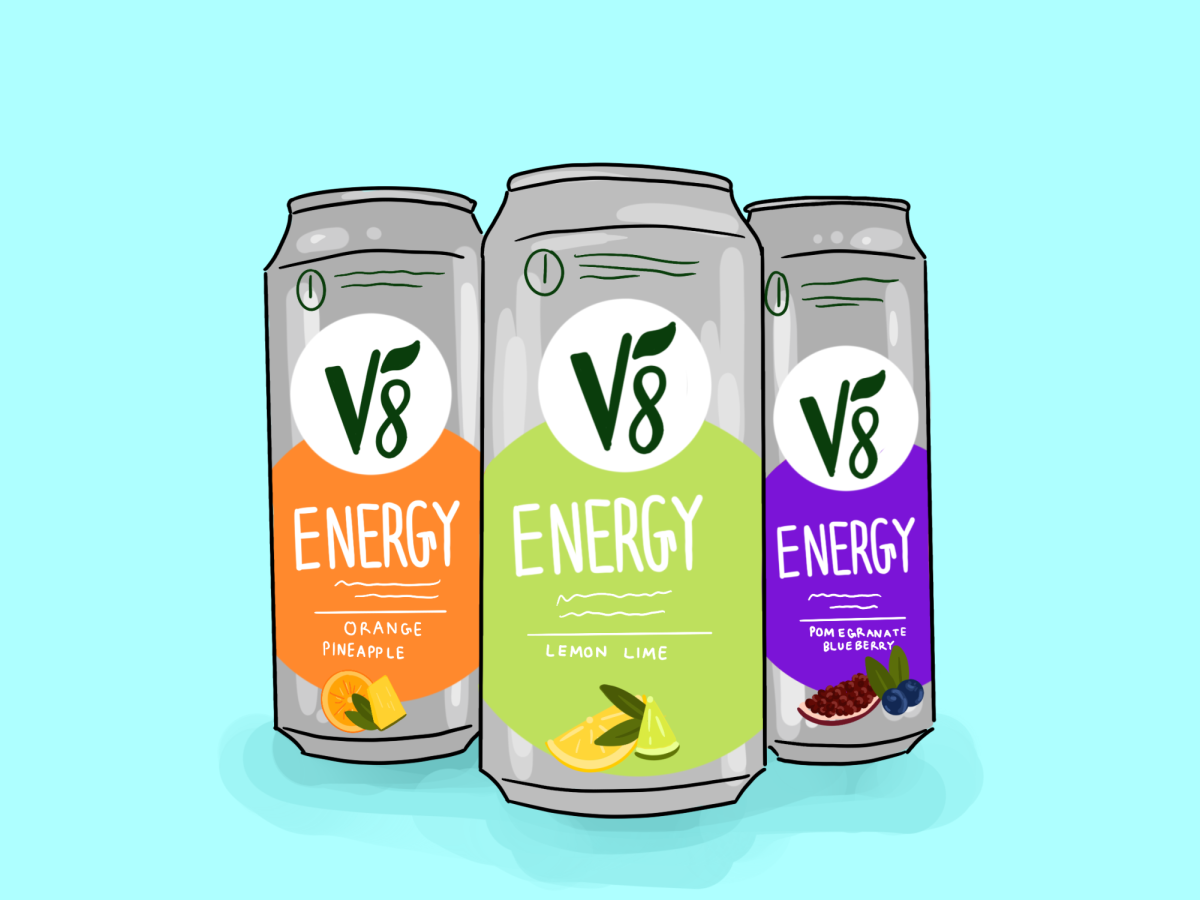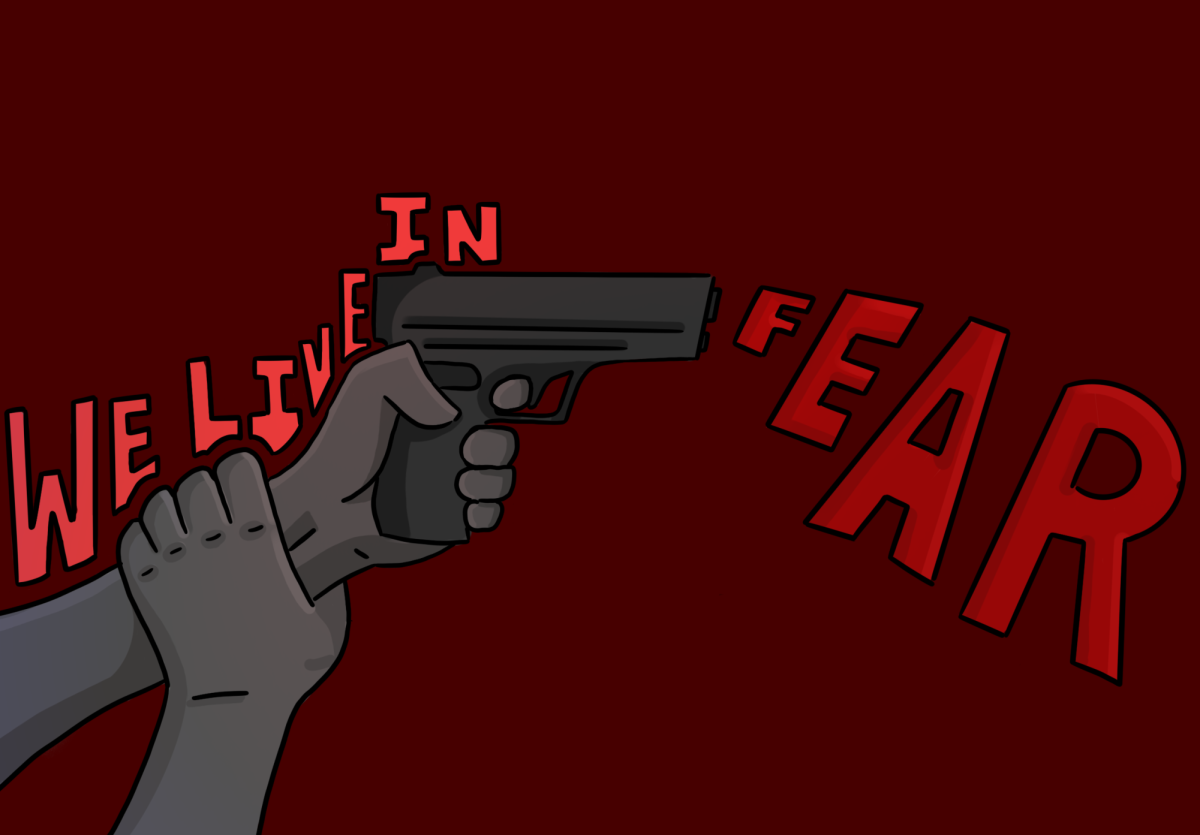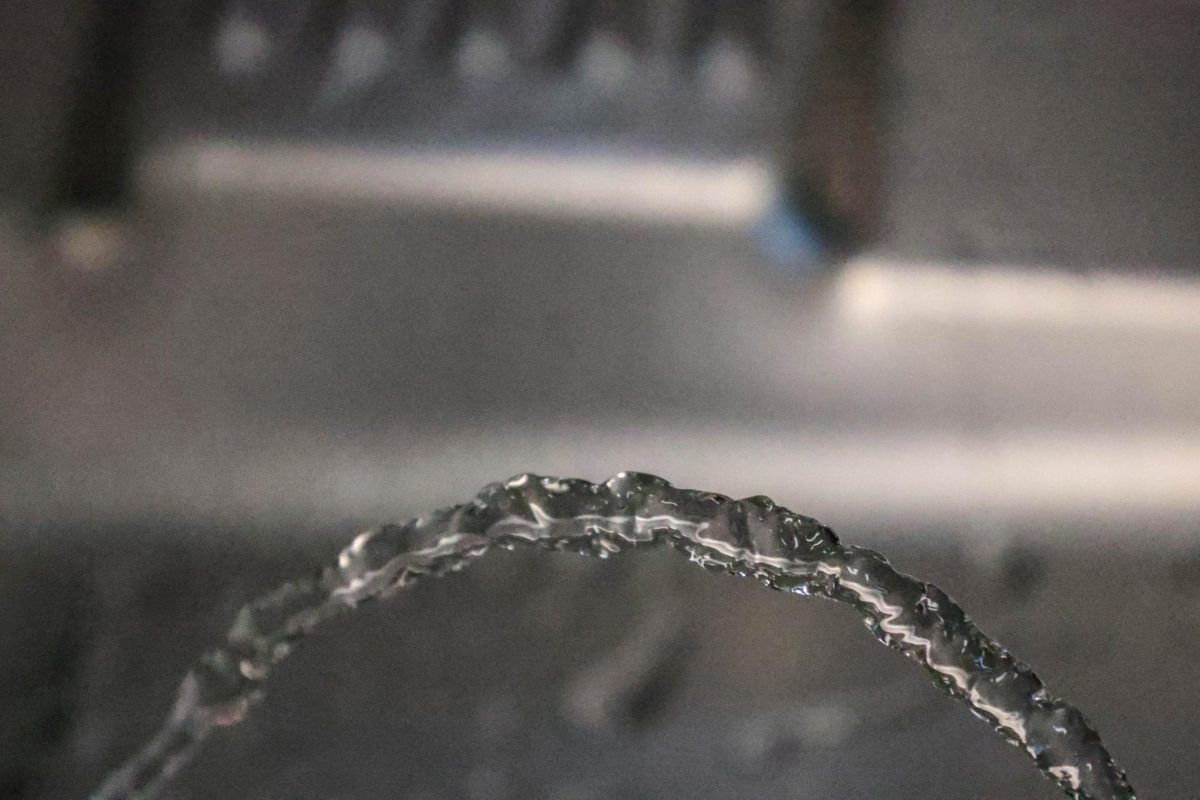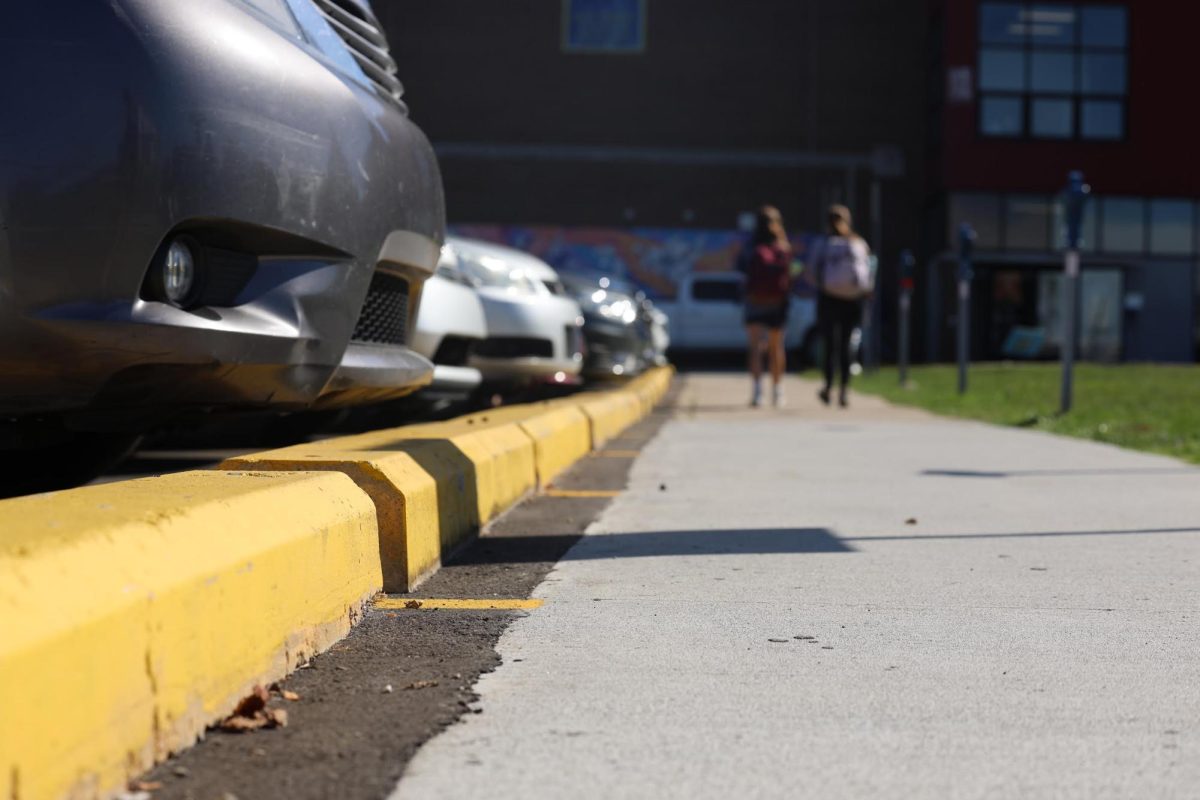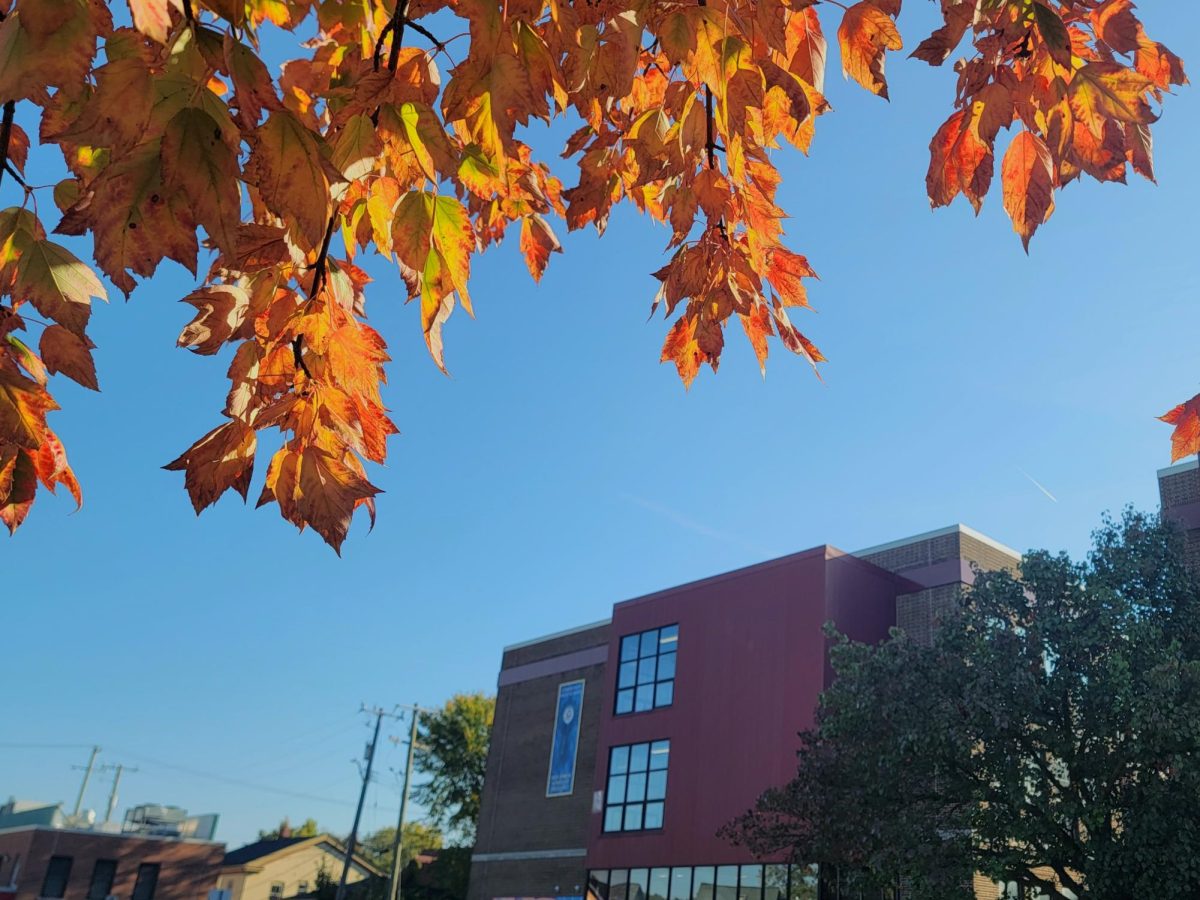The most widely utilized drug is now being sold at Community — caffeine. The psychoactive stimulant blocks adenosine receptors in the brain, which leads to an increase in brain activity and alertness. V8 Plus Sparkling Energy is marketed as a healthier energy drink, boasting a small serving of fruits and vegetables. Yet, a closer look at the label tells a different story. With 10 grams of sugar, 80 milligrams of caffeine and a warning against consumption by children, this is hardly the picture of student wellness. Selling energy drinks contradicts the district’s commitment to student health, creating a concerning inconsistency in its policies.
Energy drinks as a whole pose significant risk to adolescents, a fact well-documented by health experts. The Centers for Disease Control (CDC) reports that 30% to 50% of adolescents consume energy drinks, even as health experts warn against their consumption by young people.
Research published by the National Library of Medicine titled “Sports Drinks and Energy Drinks for Children and Adolescents: Are They Appropriate?” states unequivocally that “caffeine and other stimulant substances contained in energy drinks have no place in the diet of children and adolescents.” The risks include increased heart rate, heightened anxiety and disrupted sleep. Schools, as institutions responsible for student well-being, should not contribute to their accessibility.
It is one thing for these drinks to be available in stores; here teenagers make personal choices. It is another entirely for schools to provide them, giving an implied seal of approval. The CDC has recommended that schools restrict energy drink sales, yet 11.6% of secondary schools continue to sell them, and 75% of school districts nationwide lack clear policies on their sale.
Ann Arbor Public Schools is part of the 75%, with no regulation on caffeine content in drinks sold to high school students. According to AAPS’ active policy on local wellness (AAPS Policy and Regulations, Local Wellness), schools and educators should use a Smart Snacks Product Calculator to find if a snack or beverage is appropriate to be sold in schools. However, the calculator does not include options to add caffeine content and is designed to verify if beverages such as milk, juice and soda are suitable. Clear guidelines on the sale of energy drinks are the responsibility of the board to implement. The presence of V8 Plus Sparkling Energy at CHS normalizes energy drink consumption and makes it convenient for students to develop a habit that health professionals strongly discourage.
AAPS uses the CDC’s Whole School, Whole Community, Whole Child (WSCC) approach to student wellness. This approach takes into account “the connections between health and academic achievement and the importance of evidence-based school policies and practices.” Given that energy drinks are scientifically proven harmful to young people, it is contradictory to both claim to use “evidence-based school policies and practices” and to profit off of a practice detrimental to student health.
The sale of energy drinks at CHS is a contradiction of AAPS’ own stated goals, a failure to protect student health and a step backward in the district’s nutritional standards. Schools should be places that reinforce healthy habits, not introduce products that carry health warnings. If student wellness is truly a priority, then energy drinks should not be a part of the equation. It is time for CHS to rethink its offerings and remove V8 Plus Sparkling Energy from its cafeteria shelves. A commitment to health is only meaningful if it is reflected in action.



